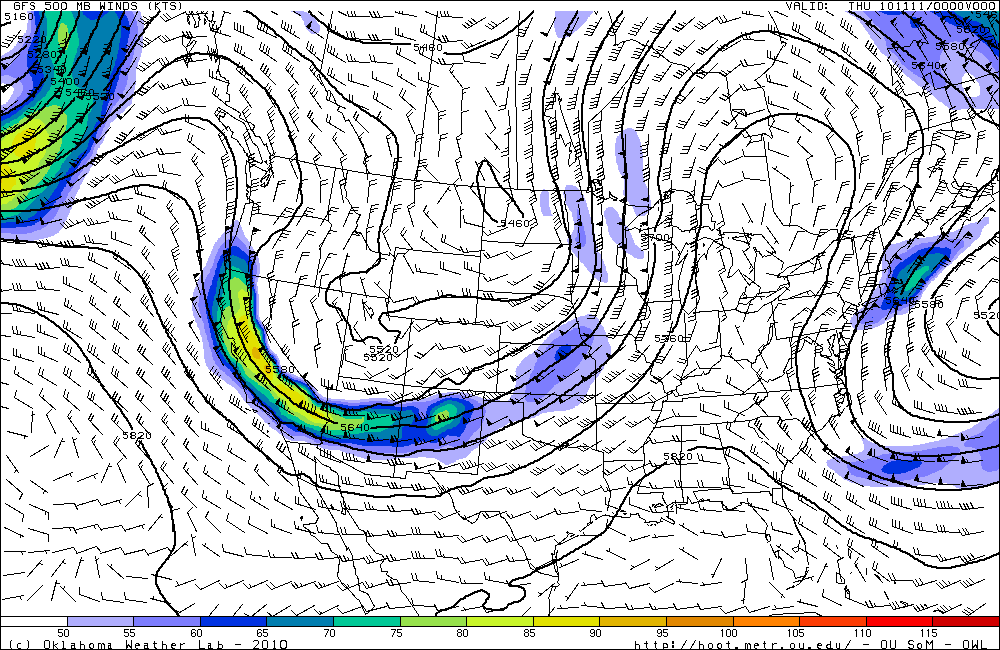One of the first questions a student pilot asks me when starting the cross country portion of his or her training is, how do I know what altitude is best for my flight? This is a good question, because without taking certain aspects of the flight into account, it’s really just a crap shoot when selecting an altitude. Craps and flying don’t mix, so let’s take a look at a few considerations when selecting an altitude.
Sky Coverage
Sky coverage has several subcategories when it comes to selecting an altitude. First is how high are the bases? Is it IFR (VFR pilots would be grounded), marginal VFR (1,000 AGL to 3,000 AGL ceiling), or good VFR (above 3,000 AGL ceiling)? If the cloud deck is only 2,500 feet off the ground, then VFR pilots are limited to either 1,000 AGL to 2,000 AGL. This is an excellent segue into why VFR pilots shouldn’t scud run!
Second, what kind of cloud deck is it? Is it an actual ceiling (broken or overcast), or is it a scattered layer? Few or scattered layers usually allow VFR pilots to find a hole to get higher to some smoother air, making the flight more pleasant. VFR pilots, always make sure to check the destination weather as it could be scattered where you are departing from, but it might be broken or overcast where you are arriving.
Last, how high are the tops of the clouds? Pilots can only get this information in the planning stage from the area forecast or from pilot reports, so most of the time, it’s not very precise information. If the tops are at 10,000 feet and the pilot is flying a 172 on a 30 mile trip, it doesn’t make much sense to get on top of the clouds.
Terrain and Obstacles
Terrain goes hand in hand with sky coverage. If there are low clouds and high terrain, that doesn’t bode well for trying to stay VFR and not hitting anything. Obstacles need to be taken into account too, as there are some pretty tall radio towers that can stretch up into a 1,500-2,000 AGL deck of clouds.
Winds Aloft
Once the sky coverage and terrain have been considered, it’s time to look at the winds aloft. Tailwinds are preferred, but, sometimes, a headwind is the only option. After taking the clouds and terrain into account, this narrows down your altitude to a handful of options. The winds aloft will further narrow it down.
Aircraft Performance
Once you have two or three altitudes in mind, taking a look at the performance charts for your airplane will help nail down that final altitude. Pull out the POH, compare fuel burn and cruise speed, and you’ll have your altitude selected.


